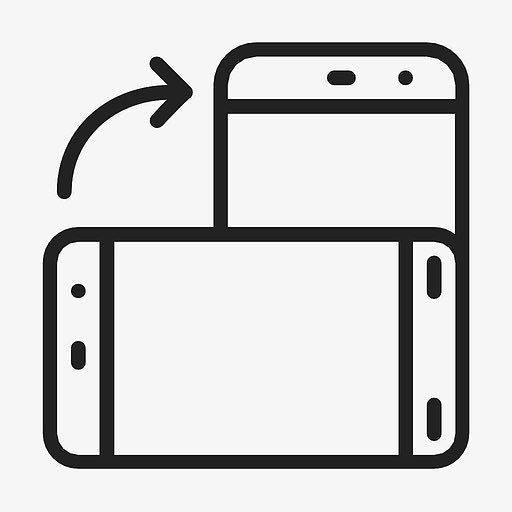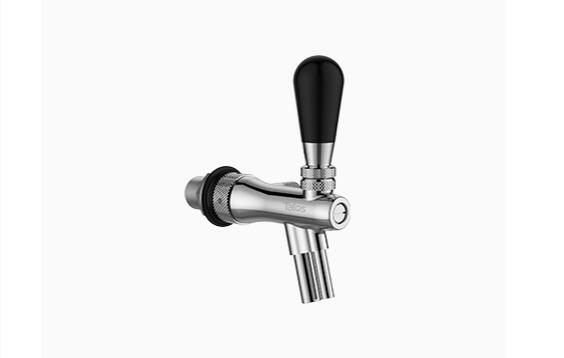








When it comes to serving beer, mastering the art of pouring is crucial for delivering an exceptional pint to your guests. Whether dealing with pilsners, stouts, IPAs, or Belgian ales, employing the correct technique will enhance the beer's flavor, aroma, and mouthfeel while creating the right amount of foam and preserving carbonation. Training your bartenders to pour beer correctly is vital for the success of any bar, restaurant, brewery, or taphouse, especially as craft beer continues to gain popularity. This guide covers the essentials of pouring beer from a standard tap, nitro tap, or bottle.

Draft beers are generally carbonated with high levels of carbon dioxide. During the tapping process, carbon dioxide is used to push the beer through the tap and maintain its carbonation. Consequently, draft beers often have larger bubbles and a thinner head. Proper management of carbon dioxide levels is essential to avoid a flat or overly foamy beer. Common draft beers include lagers, IPAs, and wheat beers. Here’s how to pour them correctly:
Start by rinsing your beer glass to eliminate any residual detergent or other residues. This step also aids in maintaining a good head on your beer.
Hold the glass at a 45-degree angle and begin pouring the beer. Continue until the glass is about halfway full.
Adjust the glass to a 90-degree angle (upright) and complete the pour.
Stop pouring just before the beer reaches the rim of the glass, leaving about a half-inch space for the foam.
Let the beer settle for a moment. The carbonation will enhance the foam as the beer settles in the glass.
Nitro beers use primarily nitrogen instead of carbon dioxide, with about 70% nitrogen and 30% carbon dioxide. Nitrogen, being less soluble in liquid, results in a rich, creamy head and a smooth mouthfeel with smaller bubbles. This contrasts with the carbonic bite and "hoppy" taste typical of standard draft beers. Stouts and porters are commonly served on nitro. Here’s how to pour a nitro beer properly:
Rinse your glass to remove any residues or detergents. This also helps with head retention.
Position your glass directly under the tap. Avoid holding it in your hand as you would with regular draft beer.
Fill the glass about two-thirds full, then pause to let the beer settle.
Watch for the cascading effect, where small bubbles move from the top to the bottom of the glass. After a few seconds, complete the pour.
Stop pouring just before the beer reaches the rim of the glass to allow space for the head.
Bottled beer is often pasteurized, extending its shelf life to around three months, which is longer than draft beer. Beer in brown bottles has better longevity due to its protection from light. One benefit of bottled beer is avoiding bacteria that can affect draft lines, though this is less of an issue with properly sanitized taps. Bottled beer is also easier to transport. Follow these steps to serve bottled beer:
Rinse your glass to remove any residues or detergents, which aids in head retention.
Open the beer bottle. Tilt your glass at a 45-degree angle and pour slowly. Pouring too fast can create excessive foam and cause carbonation loss.
As the glass fills to about half, gradually adjust it to a 90-degree angle and finish pouring.
Let the beer settle, allowing the head to form properly.
Mastering the right techniques for serving beer and selecting the appropriate glass can significantly elevate your bar's service quality. Not only will it help minimize spills and messes, but it will also enhance the flavor and mouthfeel of the beer. Use this guide to ensure that you pour the perfect pint of draft, nitro, and bottled beer every time.